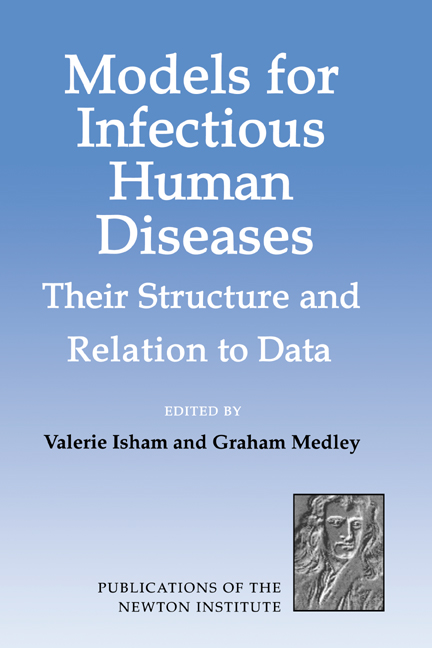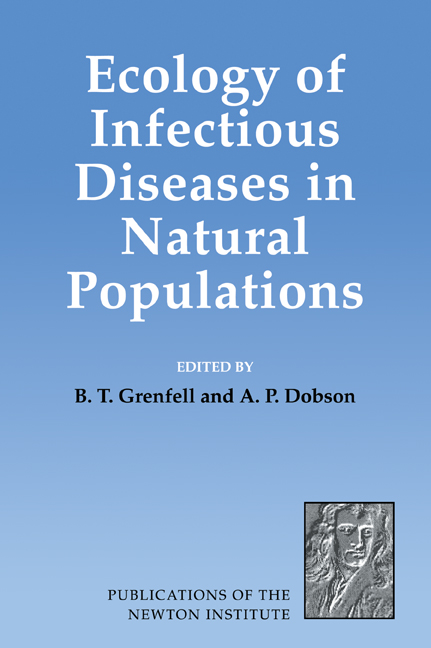Epidemic Modelling
This general introduction to the ideas and techniques required for the mathematical modelling of diseases begins with an outline of some disease statistics dating from Daniel Bernoulli's 1760 smallpox data. The authors then describe simple deterministic and stochastic models in continuous and discrete time for epidemics taking place in either homogeneous or stratified (non-homogeneous) populations. Several techniques for constructing and analysing models are provided, mostly in the context of viral and bacterial diseases of human populations. These models are contrasted with models for rumours and vector-borne diseases like malaria. Questions of fitting data to models, and their use in understanding methods for controlling the spread of infection, are discussed. Exercises and complementary results at the end of each chapter extend the scope of the text, which will be useful for students taking courses in mathematical biology who have some basic knowledge of probability and statistics.
- Broad treatment
- Exercises at the end of each chapter
- Historical information
Reviews & endorsements
"An excellent pedagogical resource for students and researchers...a lucid exposition of the basic mathematical methods required for the study of epidemic models. Students of mathematical biology...will find this work very appealing." Choice
"The book's emphasis is on mathematical techniques for the analysis of given models...Illustrations are simple, but relevant and clear...Although the authors claim that "the monograph id designed to introduce probabilists and statisticians to the diverse models describing the spread of epidemics and rumours in a population", the clarity of style of this monograph would certainly also make it suitable reading matter for many mathematical biologists...To my knowledge, Daley and Gani's monograph is the only recent book of this nature.Its excellence is, therefore fortunate." Canadian Journal of Infections Diseases
"... the text offers a wealth of information regarding epidemic modeling ... making the book usable as a text for upperlevel graduate students in a program with a strong statistical foundation." Chance
"a pleasing depth of material." Siam Review Vol 43/4
Product details
February 2011Adobe eBook Reader
9780511825392
0 pages
0kg
35 tables 51 exercises
This ISBN is for an eBook version which is distributed on our behalf by a third party.
Table of Contents
- Preface
- 1. Some history
- 2. Deterministic models
- 3. Stochastic models in continuous time
- 4. Stochastic models in discrete time
- 5. Rumours: modelling spread and its cessation
- 6. Fitting epidemic data
- 7. The control of epidemics
- References and author index
- Subject index.







